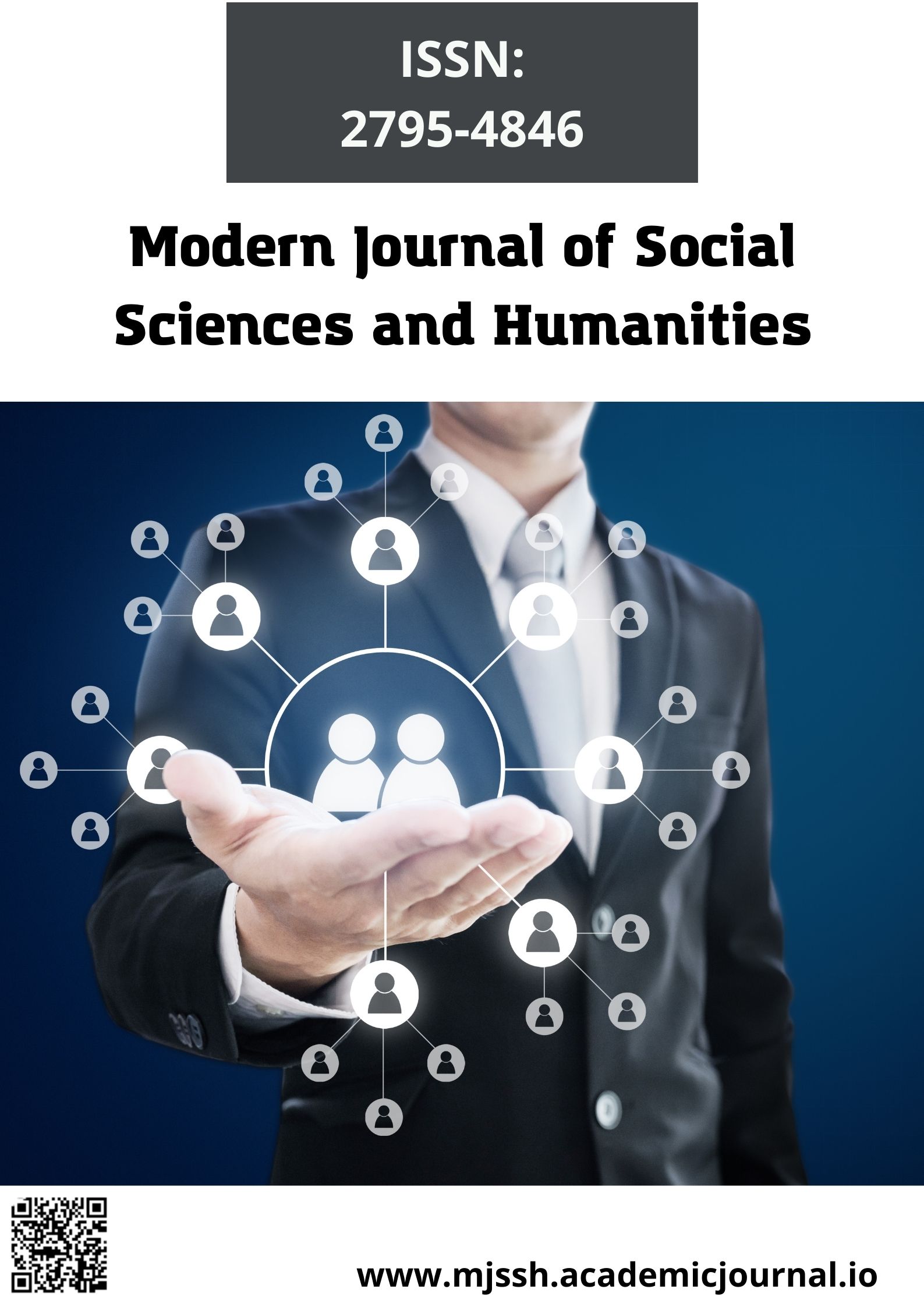Chinese Leaders’ Perceptions of the United States and the Impact on Cross-Strait Relations
DOI:
https://doi.org/10.51699/mjssh.v1i7.450Keywords:
Chinese leaders’ perception, US-China relations, Cross-strait relationsAbstract
This paper asks two questions. First, how do Chinese leaders perceive the United States as a major power, and second, how might such perception affect the cross-strait relations involving the US? To answer the two questions, this author adopts the key concepts provided by Andrew Scobell (2014), who argued that two faces of strategic culture affect Chinese leaders’ perception, including a country’s self-image and strategic culture involving the image of other countries. Chinese leaders describe other states as more focused on aggressive and disreputable intentions toward China. This author employs a pattern-matching research methodology and compares the theoretical and observed patterns. The result shows that Chinese leaders tend to have negative images of the US. Next, this author examines a specific case in the cross-strait relations involving the US after October 1, 2021, during which China sent warplanes entering the southwestern part of Taiwan’s air defense identification zone (ADIZ) to showcase their determination to protect its territorial integrity and sovereignty. The study confirmed that Chinese leaders tend to deal with cross-strait relations based on the perception that the US is an aggressive and offensive competitor that would impede China’s agenda to unify Taiwan.
References
Boylan, Brandon M, Jerry McBeath, and Bo Wang. 2020. “US–China Relations: Nationalism, the trade war, and COVID-19.” Fudan Journal of the Humanities and Social Sciences:1-18.
Christensen, Thomas J. 2020. “A modern tragedy? COVID-19 and US-China relations.” Brookings Institution.
Gibbs, Graham R. 2007. “Thematic coding and categorizing.” Analyzing qualitative data. London: Sage:38-56.
Hass, RYAN. 2020. “US-China relations: The search for a new equilibrium.” Brookings, Global China series, February. www. brookings. edu/research/uschina-relations-the-search-for-a-new-equilibrium.
Johnston, Alastair Iain. 1995. Cultural realism: Strategic culture and grand strategy in Chinese history. Vol. 75: Princeton University Press.
Kierman, Frank Algerton, and John King Fairbank. 1974. Chinese ways in warfare: Harvard University Press.
Lin, Leo SF. 2019. International Events and Grand Strategy Adjustment after the Cold War: Examining Chinese Grand Strategy Using a Neoclassical Realist Model.
Lin, Leo SF. 2020. “Strategic Subcultures and Grand Strategy Formation: A Neoclassical Realist View.” Proceedings of the 17th International RAIS Conference on Social Sciences and Humanities.
Ripsman, Norrin M, Jeffrey W Taliaferro, and Steven E Lobell. 2016. Neoclassical realist theory of international politics: Oxford University Press.
Scobell, Andrew. 2002. China and strategic culture: DIANE Publishing.
Scobell, Andrew. 2014. “China’s Real Strategic Culture: A Great Wall of the Imagination.” Contemporary Security Policy 35 (2):211-226.
Trochim, William MK. 1989. “Outcome pattern matching and program theory.” Evaluation and program planning 12 (4):355-366.
Trochim, William MK, and James P Donnelly. 2001. Research methods knowledge base. Vol. 2: Atomic Dog Pub.
Yin, Robert K. 2009. “Case study research: Design and methods 4th edition.” United States: Library of Congress Cataloguing-in-Publication Data.






